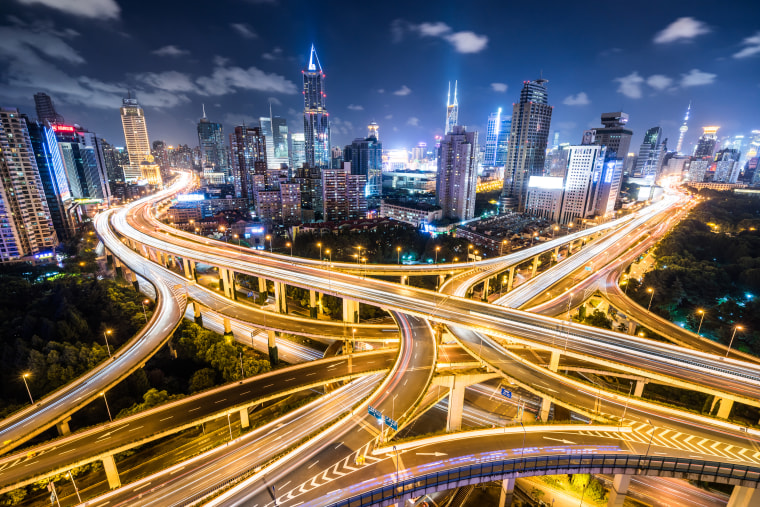Innovative Strategies for Clearer Roads

Revolutionizing the Battle Against Congestion
Congestion, the bane of urban existence, is a perennial issue that plagues countries worldwide. Yet, despite its omnipresence, effective solutions to alleviate congestion remain elusive. While conventional approaches like expanding road infrastructure or implementing public transportation systems have been explored, the quest for innovative strategies to tackle congestion continues. In this article, we delve into lesser-known tactics that could revolutionize the battle against congestion by 2022.
1) Dynamic Traffic Management:
Traditional traffic management systems often rely on fixed timing for traffic signals and lane configurations. However, dynamic traffic management employs real-time data and predictive analytics to adapt traffic flow according to changing conditions. By utilizing sensors, cameras, and algorithms, cities can optimize signal timings, adjust lane assignments, and reroute traffic dynamically. This proactive approach not only reduces congestion but also enhances safety and efficiency on the roads. (How Dynamic Traffic Management Works) 
2) Incentivizing Off-Peak Travel:
Peak hours witness a surge in traffic volume, leading to congestion woes. Encouraging commuters to travel during off-peak times through incentives could help alleviate congestion. Employers can offer flexible work hours, telecommuting options, or incentives such as discounted toll fees or public transportation fares for off-peak travel. By redistributing travel demand throughout the day, congestion during peak hours can be mitigated, leading to smoother traffic flow. (The Benefits of Off-Peak Travel) 
3) Implementing Congestion Pricing:
Congestion pricing involves charging vehicles for entering congested areas during peak hours. By placing a monetary cost on driving during high-traffic periods, congestion pricing incentivizes drivers to consider alternative modes of transportation or travel at off-peak times. Revenue generated from congestion pricing can be reinvested into improving public transportation infrastructure, cycling lanes, or pedestrian facilities, offering viable alternatives to driving. (Congestion Pricing Explained) 
4) Promoting Active Transportation:
Encouraging walking and cycling not only reduces congestion but also promotes healthier and more sustainable lifestyles. Investing in pedestrian-friendly infrastructure, such as sidewalks, crosswalks, and pedestrian bridges, encourages walking as a viable mode of transportation. Similarly, constructing dedicated cycling lanes and providing bicycle-sharing programs incentivize cycling as an alternative to driving short distances. By prioritizing active transportation modes, cities can alleviate congestion while fostering environmental sustainability and public health. (Promoting Active Transportation: The Benefits of Walking and Cycling)
5) Leveraging Technology for Smart Parking:
Cruising for parking spaces contributes significantly to congestion in urban areas. Smart parking solutions utilize sensors and mobile applications to provide real-time information on parking availability, enabling drivers to locate parking spaces efficiently. Additionally, dynamic pricing mechanisms can incentivize drivers to choose less congested parking areas or opt for alternative modes of transportation. By streamlining the parking process, smart parking technologies help reduce congestion and enhance the overall urban mobility experience. (Smart Parking: How Technology is Revolutionizing Urban Mobility)
Conclusion:
As urbanization continues to accelerate, the need for innovative strategies to combat congestion becomes increasingly urgent. By embracing dynamic traffic management, incentivizing off-peak travel, implementing congestion pricing, promoting active transportation, and leveraging technology for smart parking, countries can pave the way towards clearer roads and more sustainable urban mobility. While the battle against congestion may seem daunting, these innovative approaches offer promising solutions to ease the burden of congestion by 2022 and beyond.





































